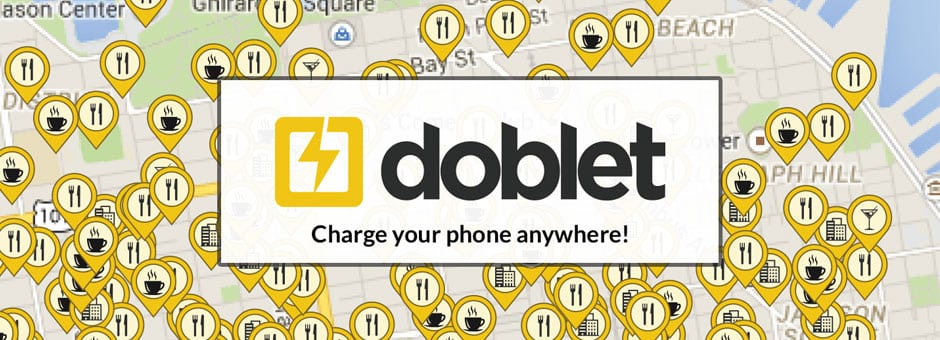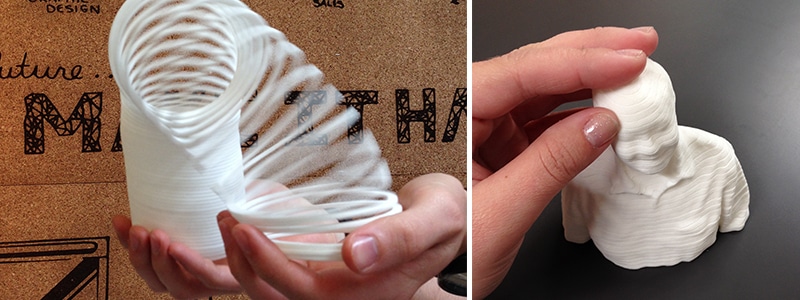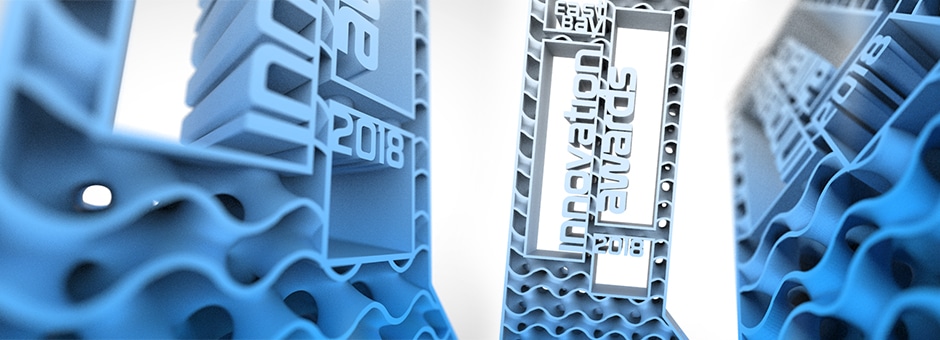Marine Innovations Through 3D Printing
Fathom’s unique combination of concept development support and advanced manufacturing services bring a product from its physical prototype stages into scaled production faster and more efficiently. With Boat Innovation, a young maritime equipment company founded by Sam Arditi, Fathom was tasked with just that, bringing its automatic boat fender concept to life. After many 3D printed prototypes and rapid design iteration, the Boat Innovation team had its final product for the marketplace to seek greater market acceptance. We sat down with Founder Sam Arditi to hear more about the story of his company, the product development process and the future of the Automatic Fender.
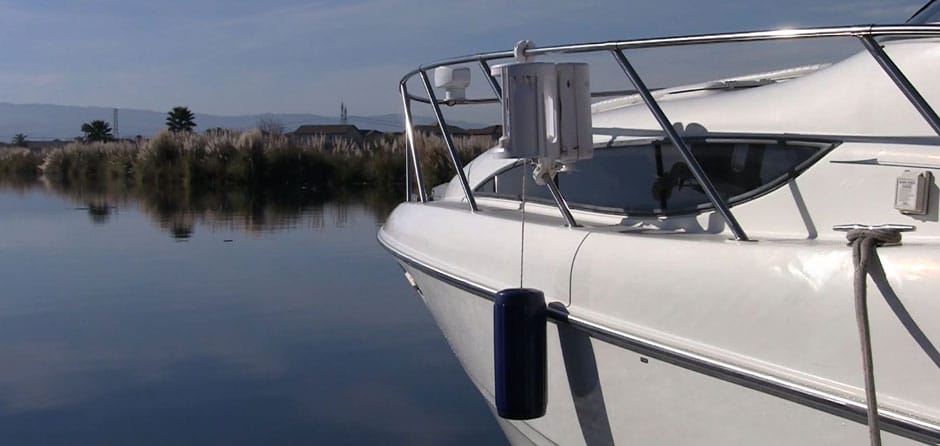
How did Boat Innovation get its start?
It started with a need.
We had always thought that using fenders on a boat in motion involved considerable risk and hassle. Weve been told countless stories of people falling into the water while trying to adjust fenders and found that this problem had not been addressed by any product on the market. Ultimately, we hope to make boating and water sports more safe and more fun for everyone.
What spurred the concept of the Automatic Fender?
This is an electromechanical device with a lot of software, telecommunications and sophisticated algorithms that decide when to deploy and when to lift. We run picture recognition software to understand whether the boat is approaching shore or cruising away. My past experience is based largely in software, algorithms and especially telecommunications. I was excited to work on another product in the area of my core competence and this time serve a market I love. We also have cloud-connectivity that can collect data and provide one more layer of convenience, automating the raising and lowering as certain highly trafficked dock heights are recorded.
The Automatic Fender relies on solar energy for power, which is exceptional for a boating accessory. Was there something that motivated you to integrate solar, other than the boating convenience factor? How did using solar energy for your product change the development process?
Solar energy eliminates the need to connect the Automatic Fender to an external power source. It takes the installation cost from the four digits to almost zero, a major game changer for us. This decision was based in my extensive experience with solar-connected telecommunications equipment.
How many design iterations did you go through to create the current Automatic Fender? Were there any particularly challenging components? How did you overcome those challenges?
We printed probably 50 units using a 3D printer before coming to the current design. The biggest challenge of developing our product was balancing durability and reliability of the Automatic Fenders functions while maintaining an unobtrusive profile for the device.
Who did you work with at Fathom? Did they spot any “unknown unknowns” while working on the project or anything that subverted your previous expectations?
We worked with Derek Roedel and Rachel Cooke. Both were amazing: very knowledgeable, very innovative and very patient with a young company like ours. In the beginning we were just building out our team and Derek was great with helping us and being patient as our core solidified. We are executing on a totally different level by now and much of it wouldn’t have been possible without the concept development Fathom provided us.

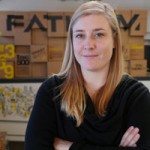
What is your previous experience with 3D printing?
I bought a 3D printer for my previous company as well, which made me more aware of the potential of 3D printing in product development. Our companys lead engineer has lots of experience with 3D printing and is constantly using our 3D printer and designing iteratively.
When approaching Fathom with the project, what were you looking for? How did the result compare to what you had imagined?
I was looking to work with a northern California-based company that I could learn from. Fathom exceeded our expectations in every possible way.
Were there any time constraints you needed to hit while working on the Automatic Fender project? Did Fathom play a part in reducing your development timeline?
We didnt have a specific time limit, but obviously we wanted to be in the market as soon as we could. Fathom helped accelerate our project timelines across the board.
Where are the Automatic Fender and Boat Innovation going from here?
This is going to be a fun company—there is huge potential market and we have very strong patents. This product is going to change one of the most perilous parts of boating. In few years, I predict you will see Automatic Fenders on most boats.
To start a conversation about your project or discuss a quote for some of the prototyping and low volume production services used by Boat Innovation and other similar companies, send us a request for quote. Fathom has the in-house services to bring your concept to life, including 3D printing, CNC machining, urethane casting, rapid tooling, injection molding or R&D contract services!
